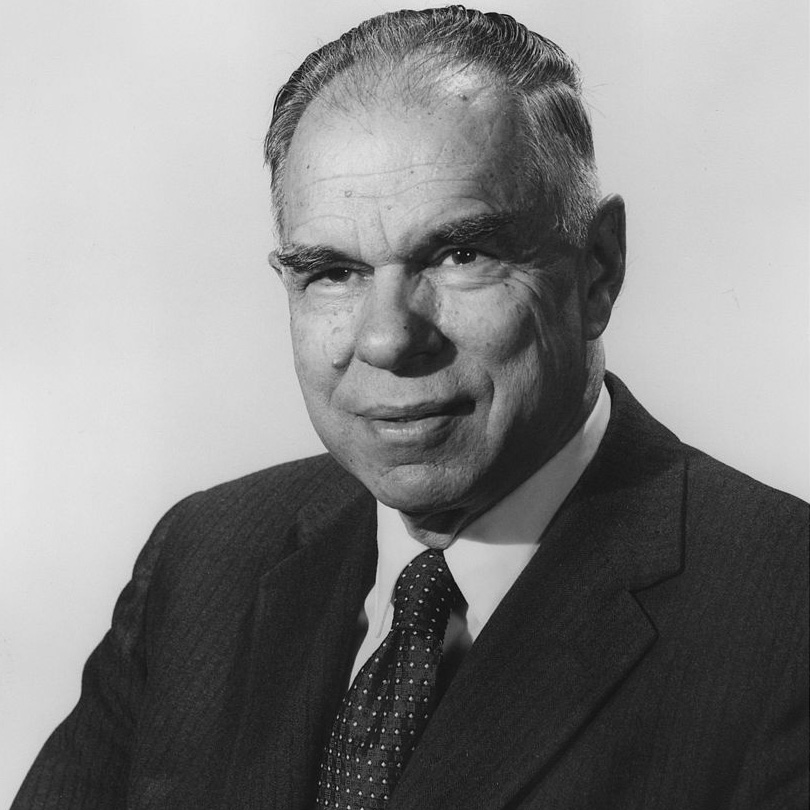Seaborg
106
Sg
Grupa
6
Okres
7
Blok
d
Protony
Elektrony
Neutrony
106
106
156
Ogólne właściwości
Liczba atomowa
106
Masa atomowa
[269]
Liczba masowa
262
Kategoria
Metale przejściowe
Kolor
Nie dotyczy
Radioaktywny
Tak
Named after Glenn Seaborg, American nuclear chemist and Nobel prize winner
Układ krystalograficzny
Nie dotyczy
Historia
Scientists working at the Joint Institute for Nuclear Research in Dubna, USSR reported their discovery of element 106 in June 1974.
Synthesis was also reported in September 1974 at the Lawrence Berkeley Laboratory by the workers of the Lawrence Berkeley and Livermore Laboratories led by Albert Ghiorso and E. Kenneth Hulet.
It was produced by collisions of californium-249 with oxygen atoms.
Synthesis was also reported in September 1974 at the Lawrence Berkeley Laboratory by the workers of the Lawrence Berkeley and Livermore Laboratories led by Albert Ghiorso and E. Kenneth Hulet.
It was produced by collisions of californium-249 with oxygen atoms.
Elektrony na poszczególnych powłokach
2, 8, 18, 32, 32, 12, 2
Konfiguracja elektronowa
[Rn] 5f14 6d4 7s2
There are 12 known isotopes of seaborgium
Właściwości fizyczne
Stan skupienia
Ciało stałe
Gęstość
35 g/cm3
Temperatura topnienia
-
Temperatura wrzenia
-
Ciepło topnienia
Nie dotyczy kJ/mol
Ciepło parowania
Nie dotyczy kJ/mol
Ciepło właściwe
- J/g·K
Ilość w skorupie Ziemi
Nie dotyczy
Ilość we Wszechświecie
Nie dotyczy

Opis Obrazu: Wikimedia Commons (Atomic Energy Commission)
The element is named after Glenn T. Seaborg, atomic pioneer and Commissioner of the Atomic Energy Commission
Numer CAS
54038-81-2
Numer CID PubChem
Nie dotyczy
Właściwości atomowe
Promień atomowy
-
Promień walencyjny
143 pm
Elektroujemność
-
Energia jonizacji
-
Objętość molowa
-
Przewodność cieplna
-
Stopnie utlenienia
6
Zastosowania
Seaborgium is used for scientific research purposes only.
Seaborgium is harmful due to its radioactivity
Izotopy
Stabilne izotopy
-Niestabilne izotopy
258Sg, 259Sg, 260Sg, 261Sg, 262Sg, 263Sg, 264Sg, 265Sg, 266Sg, 267Sg, 268Sg, 269Sg, 270Sg, 271Sg, 272Sg, 273Sg